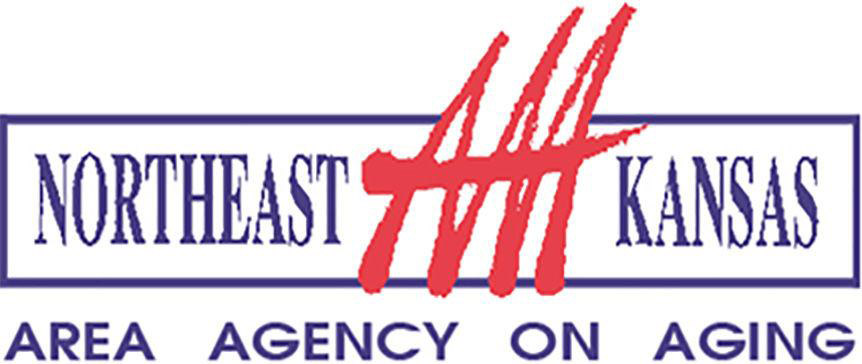As you get started with Medicare, you have a choice in how you get your Medicare coverage. And, there are some important decisions for you to make. Follow these 3 steps to help you get started:
1. Sign up for Medicare through Social Security
If you’re over 65 (or turning 65 in the next 3 months) and not already getting benefits from Social Security, you need to sign up to get Medicare Part A (Hospital Insurance) and Part B (Medical Insurance). You won’t get Medicare automatically.
If you already get benefits from Social Security, you’ll get Medicare Part A and Part B automatically when you’re first eligible and don’t need to sign up. Medicare will send you a “Welcome to Medicare” packet 3 months before you turn 65. You’ll still have other important deadlines and actions to take, so read all of the materials in the packet. (If you live in Puerto Rico, you’ll only get Part A. If you want Part B, you need to sign up for it.)
2. Choose your coverage
People get Medicare coverage in different ways. You’ll get lots of information to help you make a decision about how to get your Medicare coverage:
- An official “Welcome to Medicare” packet with important information about your coverage options.
- Your official “Medicare & You” handbook once you’re enrolled and every year each fall.
- Mail from private insurance companies, agents and brokers, marketing the Medicare plans they offer.
There are 2 main ways to get Medicare coverage:
Original Medicare – Includes Part A and Part B. You can use any doctor or hospital that takes Medicare, anywhere in the U.S.
- If you want drug coverage, you can join a separate .
- To help pay your out-of-pocket costs in (like your 20% coinsurance), you can also shop for and buy like a Medicare Supplement Insurance (Medigap) policy.
If you don’t get Part D or a Medigap policy when you’re first eligible, you may have to pay more to get this coverage later. For Part D, this could mean a lifetime premium penalty.
Medicare Advantage – An “all in one” alternative to Original Medicare. These “bundled” plans include Part A, Part B, and usually Part D. Most plans offer extra benefits that Original Medicare doesn’t cover – like vision, hearing, dental, and more.
- Plans may have lower out-of-pocket costs than Original Medicare.
- In most cases, you’ll need to use doctors who are in the plan’s network.
3. Complete your “Year 1: Medicare Checklist”
During your first year with Medicare, follow this checklist to get the most out of your Medicare coverage and be prepared in case of emergency.
